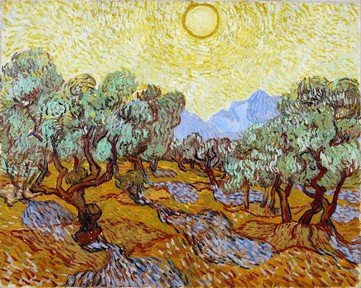Quiz Answer Key and Fun Facts
1. The first exhibit in the Still Life room is "Basket of Fruit", painted sometime around 1599. Who is the Italian artist, a master from the early Baroque era?
2. Painted around 1901, "Pyramid of Skulls" (pictured) is one of this artist's Still Life paintings from what is known as his "Final Period". Who is this Post-Impressionist who painted portraits, landscapes and genre scenes as well as still lifes?
3. "Small Bouquet of Flowers in a Clay Pot" is probably one of the most famous of all still life paintings. Painting it in 1599, who is the Flemish artist?
4. Painted in 1902, "Still Life with Exotic Birds" is the work of another Post-Impressionist. Who is this artist who was an important painter in the Symbolist movement?
5. This 1643 work, "Still Life with Lobster" features a wide variety of items. Who was this artist, a leading still life painter of the Flemish Baroque school?
6. This 1881 painting, "Still Life with Fruit", is the work of one of the leading Impressionist artists. Who is this prolific painter, whose works can be seen in galleries around the world?
7. This 1812 painting demonstrates that Still Life art is not restricted to fruit and flowers. Which Spanish master painted "Plucked Turkey"?
8. Painted in 1878, "Still Life with Chrysanthemums" is not typical of this artist's work. Who is this artist, who you would associate more with paintings documenting the changing French countryside?
9. The pictured work is called "Still life: Sliced Salmon, Lemon and Three Vessels". Who is the artist, recognized as the greatest Spanish still life painter of the 18th Century?
10. "Still life, Lilac Bouquet" was painted in 1883 by another of the great French artists of the era. Who is this artist who is better known as one of the first 19th-Century artists to paint modern life?
Source: Author
EnglishJedi
This quiz was reviewed by FunTrivia editor
looney_tunes before going online.
Any errors found in FunTrivia content are routinely corrected through our feedback system.

